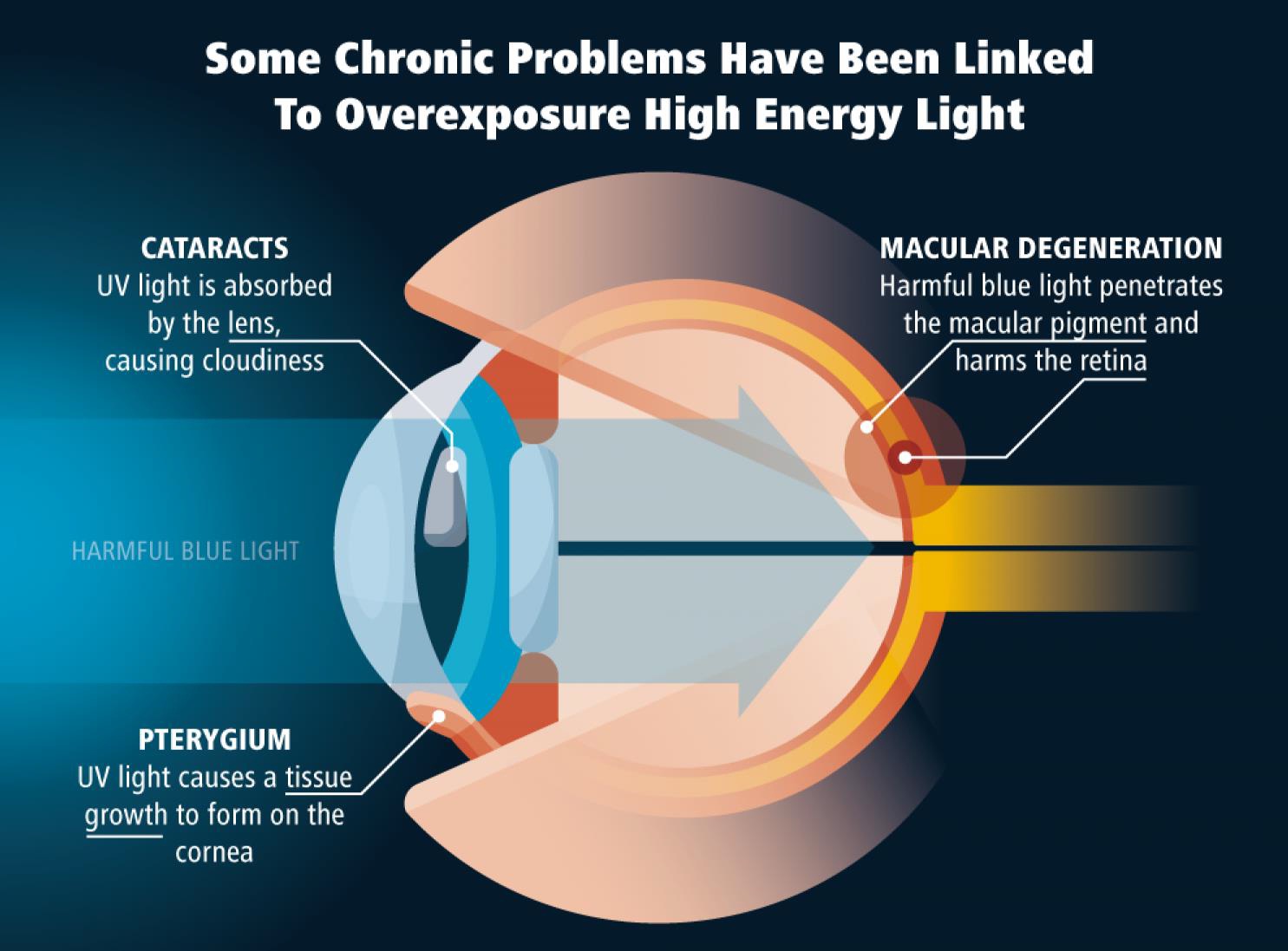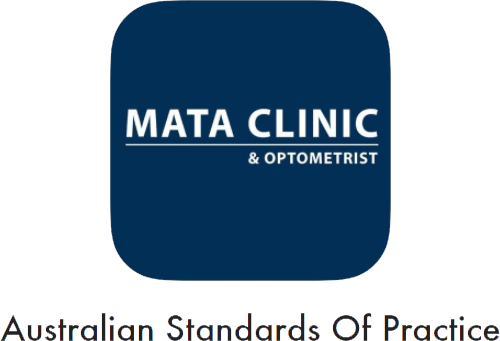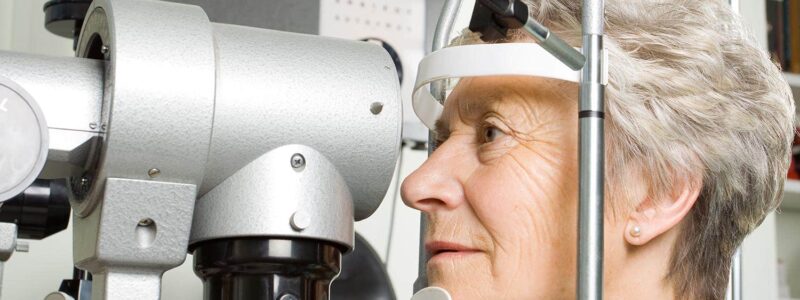In today’s digital age, gadgets and digital screens have become ubiquitous, and their use among both adults and children is widespread. However, in many Asian countries, there are growing concerns about the potential harm these devices can cause to children’s eyes. This article focuses on the correlation between excessive gadget use and the rising prevalence of myopia (short-sightedness) in Asian children. It explores the specific ways in which gadgets and digital screens can negatively impact eye health in this context and provides recommendations to minimize potential damage.
The Rise of Myopia in Asia
Asia has experienced a significant surge in myopia cases, making it a pressing public health concern in the region. Countries like Singapore, Taiwan, and China have witnessed alarmingly high rates of myopia among young adults. For example, in Singapore and Taiwan, approximately 85 to 90% of young adults are affected by myopia. This stands in stark contrast to the situation in the 1950s when only 10-20% of the Chinese population experienced short-sightedness. The rapid increase in myopia cases in Asia has raised concerns and necessitates an examination of the factors contributing to this epidemic.
The Impact of Gadget Use
Excessive gadget use among children has been identified as a key factor in the rising prevalence of myopia in Asia. Let’s explore how gadgets and digital screens specifically affect eye health in this context.
Children in Asia often spend a significant amount of time engaged with digital screens, such as smartphones, laptops, or tablets. This prolonged near-vision activity puts strain on the eyes and can lead to a condition called “Accommodation Spasm.” When the ciliary muscles responsible for changing focus fail to relax, distant objects appear blurry, resulting in pseudo-myopia. It is important to note that this condition is usually temporary and improves after discontinuing the use of digital screens.
Dry Eyes
Asian children who extensively use gadgets may also be prone to dry eye syndrome. Reduced blinking rates while focusing on digital screens can contribute to decreased tear production and increased tear evaporation. Moreover, the use of adult-sized furniture, which can lead to an upward gaze while viewing screens, exacerbates the risk of dry eyes. To alleviate these issues, encouraging regular blinking and using artificial tears can help maintain eye moisture.
Increased Cases of Myopia
The Asian context presents unique challenges in terms of increased myopia cases. Factors such as intense academic pressure and a predominantly urban lifestyle contribute to excessive gadget use and limited outdoor activities. Studies have shown that myopic children in Asia have lower levels of dopamine compared to their non-myopic counterparts. This neurotransmitter plays a crucial role in inhibiting the elongation of the eyeball, a key factor in myopia development. To counteract this, promoting outdoor activities, regular exposure to natural light, physical exercise, and sufficient sleep can help increase dopamine levels and reduce myopia risk.
Eye Nerve Damage
Blue light emitted by digital screens has the potential to damage light-sensitive cells in the retina. In Asia, where the usage of gadgets is prevalent among children, prolonged exposure to blue light can have serious implications for eye health. While the cornea and lens provide some protection against UV rays, blue light can still pass through and reach the retina. Laboratory studies suggest that excessive exposure to blue light can cause changes similar to those seen in macular degeneration, leading to permanent vision loss. To mitigate this, considering blue light filters or reducing screen time can be beneficial.
Conclusion
In Asia, the impact of gadgets and digital screens on children’s eyes is a growing concern. The high prevalence of myopia and associated eye health issues necessitate proactive measures to minimize potential damage. Implementing strategies such as reducing gadget use, encouraging outdoor activities, promoting proper eye hygiene, and seeking regular eye check-ups can significantly contribute to safeguarding the eye health of Asian children in the digital era.





Recent Comments